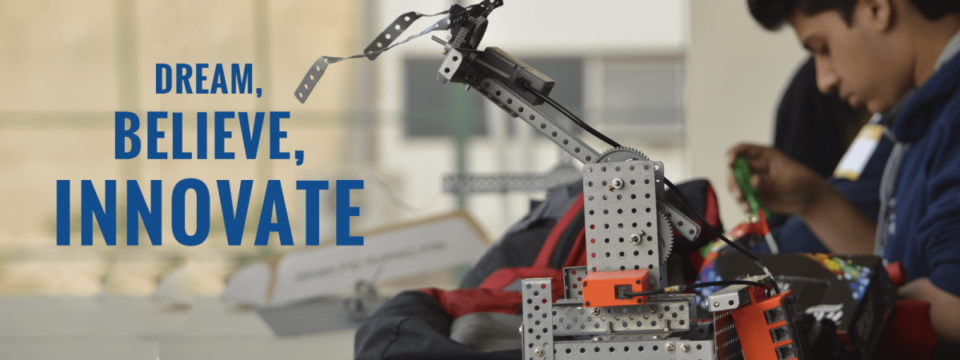Every wondered what’s common amongst Leonardo Da Vinci (of Renaissance era), Eklavya (of Mahabharata era), George Bernard Shaw (a playwright), Jimi Handrix (world’s best electric guitarist) and a more contemporary Elon Musk (of Space X and Tesla)?
All of them were self taught or autodidacts as is more popularly known today.
The fact that we have had such self acquired polymath amongst us is not astonishing, the real question is can we develop these abilities in children via some sort of a process. Having taught complex subjects like Circuit Designing, Mechatronics, Robotics, Programming and even Entrepreneurial Finance to myself, I know a thing or two about self learning. Yes! There is a method to this madness. And the method here is a combination of inquiry based self reflection and sequential learning.
In my 40 years of learning, if there’s one subject that has stood out as a case study for inquiry based learning, it is Educational Robotics. To start with, Educational Robotics draws from a group of inter disciplinary domains like Programming, Electronics and Mechanical Construction. Each of these domains, although starkly different, display a uniquely common trait – the solutions are always tangible and visible for you.
Each mistake that you make either in Programming, Electronics or Construction, it takes you either closer or farther from your intended task. These mistakes clearly manifest into a physical observation. A keen observer makes an incremental improvement in the program, circuit or physical construction leading to a step that’s closer to the intended solution. When children go through this process time and again, a development of self reflection is but obvious. Self reflection is a key skill that all the autodidacts in question possessed in great
abundance. Further, Educational Robotics has an inherent system of sequential learning built into it. For instance, taking the example of Mechanical Construction – the children can start with very simple projects and tasks like assembling parts to build a toy car before they move on to do more complex mechanisms like building scissor lifts or compound pulley systems or conveyor belts. Each successful step that the students take (with completing a project) instils a sense of confidence that catapult them to more complex options. This is nothing but clear sequential learning as demonstrated by autodidacts in ample.
Every task that you get in the domain of Educational Robotics is an inquiry. An inquiry of what all mechanical parts would be required to build a certain machine that solves a problem. What design would solve the problem that’s been mentioned is an inquiry? What sensors to use to solve the problem is an inquiry? What should be the MAH of the battery, what should be the RPM of the motor to be used, what should be MSI of a pneumatic
system? All of these are inquiries and one has to try and test them before putting to use.
This is nothing but the epitome of inquiry based learning – the final ingredient required make our children autodidacts. Talking about the benefits of Educational Robotics in developing camaraderie, enhancing
creativity, preparing the children for future is beyond the point of this article, however, those are definitely pluses of teaching Educational Robotics.
Why Self Learning should take a centre stage in today’s learning environment is because if you observe carefully – every job/role that we took for granted has been taken over by some robot/machine/software or a low cost worker. In other words, continuous learning and unlearning should be taken as granted. Unlike the past, where the conformists used to rule the roost, the world of tomorrow clearly belongs to autodidacts – and teaching Robotics is one sure shot way of becoming one.
Looks like I am not the only one who thinks like this. Government of India (via NITI Aayog) has given 20 Lacs each to 7500 schools across all the twenty nine states of the country to set up Atal Tinkering/Robotics Labs so that we can make one million autodidacts over next four years.
Isn’t it ironic, the solution of job loss due to robotics lies in making robots :).

Tarun Bhalla
Founder & CEO, Avishkaar



